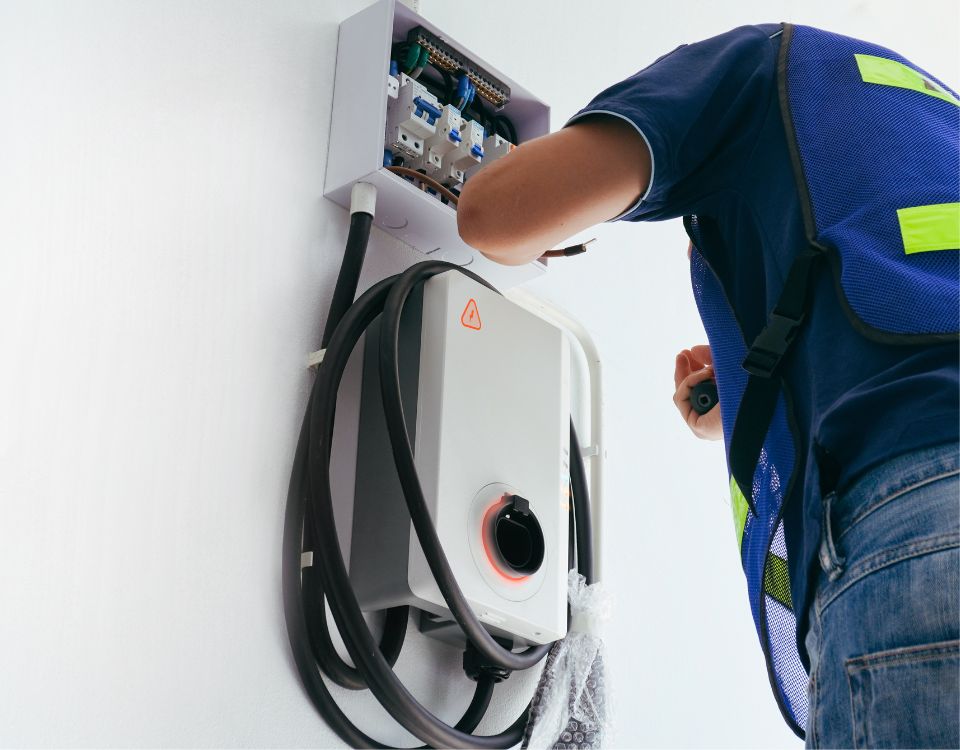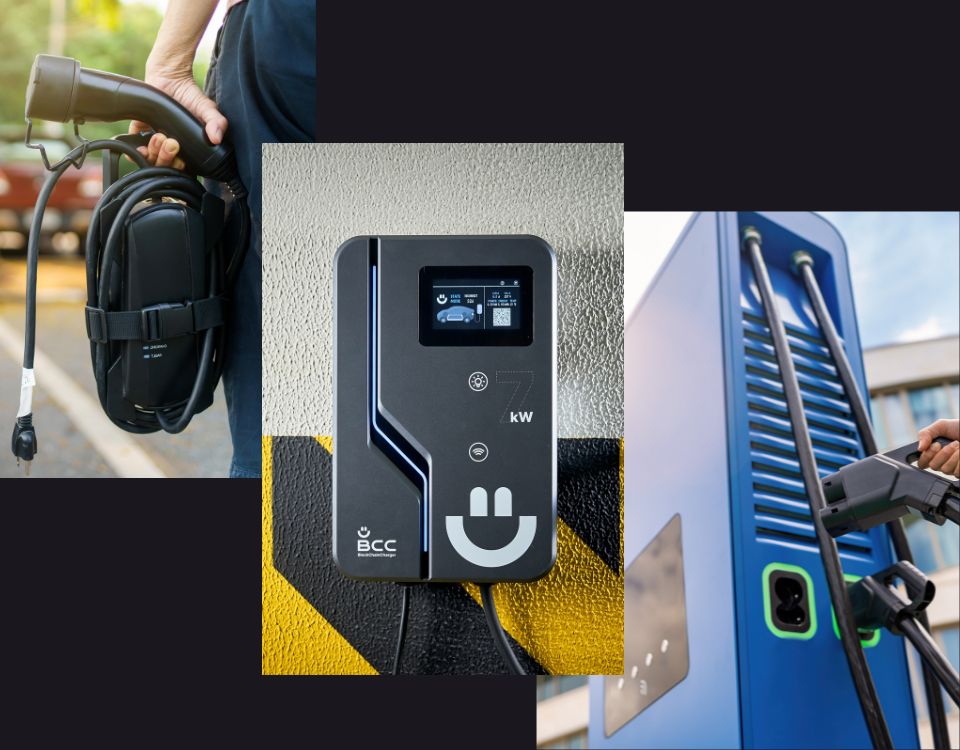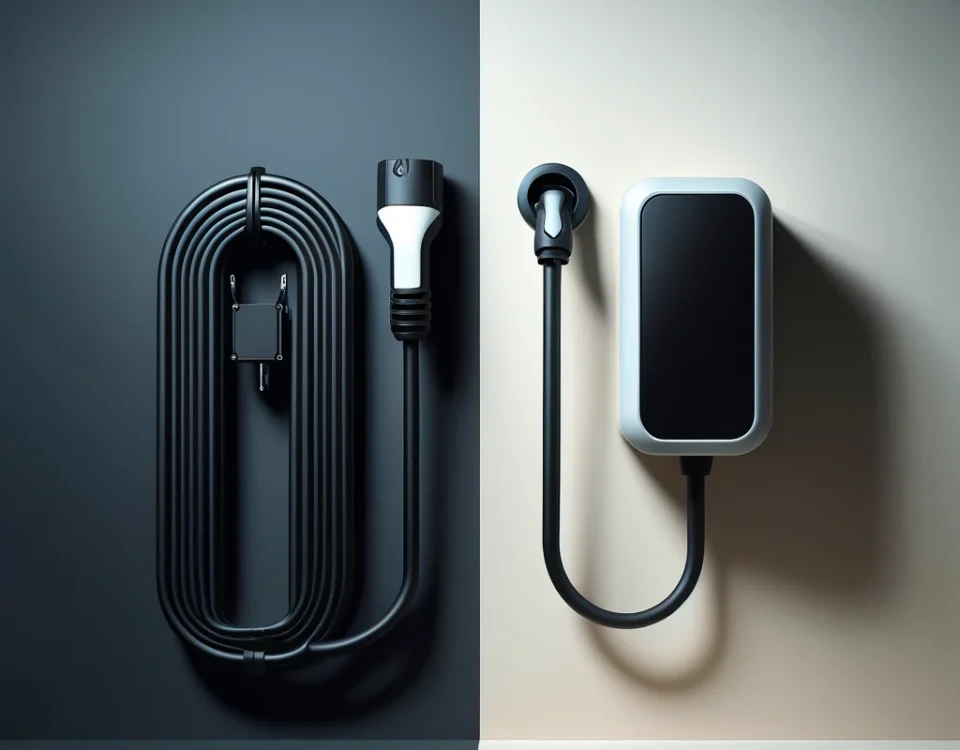
As electric vehicles (EVs) continue to gain popularity, the importance of maintaining EV chargers cannot be overstated. Effective EV Charger maintenance ensures the charging unit’s longevity and reliability and maximizes performance, keeping your vehicle ready and fully powered. This guide offers an in-depth look at how to properly maintain your EV charger. By adhering to these tips and best practices, you can prevent common issues and ensure your charger operates efficiently for years to come.Understanding Your EV Charger
Table of Contents
Understanding Your EV Charger
Before diving into EV Charger maintenance routines, it’s crucial to understand the different types of EV chargers and their components. Generally, EV chargers are categorized into three types:
- Level 1 Chargers: These are the standard chargers that come with most electric vehicles. They plug into a typical household outlet (120 volts AC) and are best suited for overnight use, typically offering about 4 to 5 miles of range per hour of charging.
- Level 2 Chargers: These chargers require a 240-volt supply (like that for a home appliance) and can charge an EV much faster, providing about 10 to 60 miles of range per hour. These are ideal for home and public charging stations.
- DC Fast Chargers: The fastest type of EV charging available, DC fast chargers are mostly found at public charging stations. They can charge an EV battery to 80% in about 20 to 30 minutes.

Understanding these types will help you identify which maintenance tips are most applicable to your setup. Additionally, familiarize yourself with key components like the power cable, plug, wall unit, and any user interface elements, as these are common focal points for maintenance.
Routine Inspection and Cleaning
Regular inspection and cleaning of your EV charger can prevent malfunctions and extend its lifespan. Here are some guidelines for these first steps in your EV Charger maintenance:
- Frequency of Inspections: For residential chargers, a monthly inspection is recommended. For chargers in commercial or public use, weekly inspections may be necessary due to higher usage volumes.
- Cleaning Protocols: Ensure the power is off before cleaning any part of the charger. Use a dry or slightly damp cloth to clean the casing and a soft brush to remove debris from connectors. Avoid using harsh chemicals or water jets that could damage the components.
- Common Signs of Wear and Tear: Check for any visible damage such as frayed cables, cracks in the casing, or loose connectors. These issues can pose safety risks and reduce the efficiency of your charger.
Electrical Safety Checks when Performing EV Charger Maintenance
Maintaining electrical safety is paramount when handling EV chargers. Here’s what to include in your safety checks:
- Safety Precautions: Always ensure the equipment is powered off before performing any EV Charger maintenance tasks. Wear rubber gloves and use tools with insulated handles to prevent electrical shocks.
- Testing Charger Functionality: Regularly test the charger by plugging it into your vehicle and observing if it charges correctly. Check for any fault messages on the display and ensure the charger’s diagnostic lights are functioning as expected.
- When to Seek Professional Help: If you notice persistent issues with charging speeds or if the charger displays error messages that you cannot troubleshoot, it’s advisable to call in a professional. Regular professional inspections can also help ensure complex internal components function properly.
Software Updates and Functional Checks
Keeping your EV charger’s software up-to-date is as critical as maintaining its physical components. Manufacturers frequently release firmware updates to improve functionality, enhance security features, and fix bugs.
- Keeping Software Up-to-Date: Check the manufacturer’s website or the user interface of your charger for notifications about available updates. Follow the provided instructions to update your charger’s software, which can often be done remotely via a connected app.
- Functional Tests: Conduct regular tests to ensure that all features of the charger are working correctly. This includes verifying that the charger communicates effectively with your vehicle and that all status indicators show accurate readings. Testing the emergency shut-off feature is also crucial to ensure safety in case of a malfunction.
Addressing Common Issues
Familiarizing yourself with common issues and their solutions can help you quickly address problems that might arise with your EV charger.
- Troubleshooting Guide:
- If the charger does not start, check for a tripped circuit breaker or a blown fuse.
- Inspect the power cable for damage if the charger frequently stops charging.
- Ensure the charging plug is clean and properly connected if the charging process is intermittent.
- When to Replace Parts: Another important part of EV Charger maintenance consists of component replacement. Components such as cables and connectors can wear out over time. Signs that parts may need replacing include visible wear, reduced charging efficiency, or error messages that persist despite troubleshooting efforts.
Long-Term Storage and Care
Proper storage is key to maintaining its condition if you plan not to use your EV charger for an extended period.
- Storing Chargers Not in Use: Disconnect the charger from the power source and store it in a dry, cool place away from direct sunlight. Wrap cables loosely to avoid bending or kinking, which can damage internal wires.
- Environmental Considerations: Chargers can be sensitive to extreme temperatures and moisture. In cold climates, consider insulating the charger. In very hot conditions, ensure adequate ventilation to prevent overheating.

Conclusion
Regular EV Charger maintenance is essential for ensuring the optimal performance and longevity of your equipment. By understanding your charger, performing routine inspections and cleanings, conducting electrical safety checks, and addressing common issues promptly, you can keep your charger in top condition.
Establish a routine EV Charger maintenance schedule based on the manufacturer’s recommendations and your usage patterns. Remember, well-maintained EV chargers perform better and contribute to the reliability and efficiency of your electric vehicle experience.


